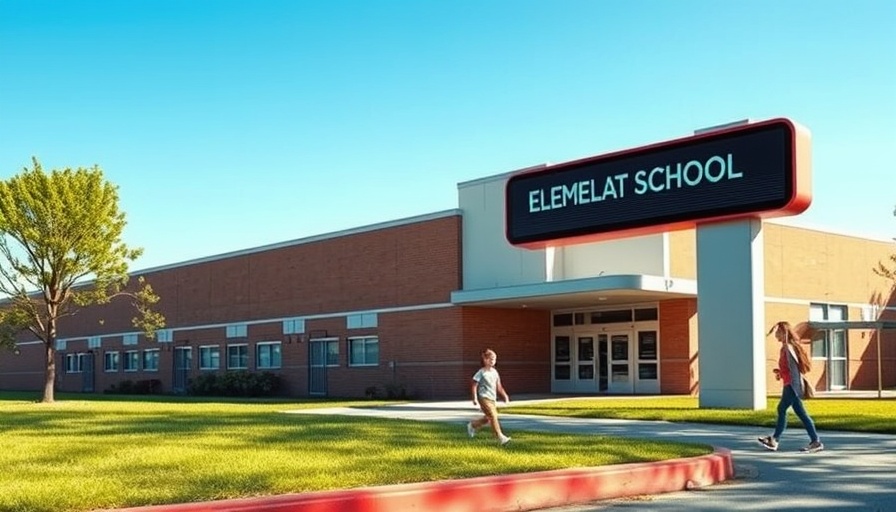
The Decline of San Diego's Student Enrollment: A Growing Concern
In the heart of coastal California, San Diego schools are grappling with an alarming trend: a significant drop in student enrollment that has seen a decline of about 27,000 students, or five percent, over the past decade. As demographic studies project that the situation could worsen, local educators and officials find themselves at a crossroads.
The Root Causes Behind the Enrollment Drop
The downward trend is not merely a byproduct of the Covid-19 pandemic but is linked to several persistent issues that plague the region. First and foremost, the high cost of living in San Diego has forced many families to seek more affordable options elsewhere. Rising housing costs, coupled with declining birth rates, increasingly point to a demographic shift that could redefine the educational landscape in California.
The Ripple Effect: Consequences for Schools and Communities
The decline in student numbers doesn’t just impact classroom sizes; it has far-reaching consequences for school funding and resource allocation. With fewer students, schools receive less funding from the state, leading to fewer teachers and diminishing resources. In some districts, this has already resulted in school closures, posing long-term challenges for educational quality and community engagement. Educational experts predict that California's schools could lose another 50,000 students over the next decade, intensifying these issues.
Emotional Perspectives: The Voices of Parents and Students
For many families, the thought of dwindling school enrollments raises concerns about community identity and cohesion. Parents fear that their children might not receive the adequate attention and support they need from a shrinking educational system. Students also express anxiety about overcrowded classrooms, competitive pressures, and a lack of available resources such as extracurricular activities and counseling.
Future Predictions: What Lies Ahead for Local Schools
As the trends continue, what does the future hold for San Diego's public schools? Experts suggest proactive measures. Schools may have to innovate, creating attractive programs and curriculums that meet the evolving needs of families. By addressing the underlying causes of decline—such as housing insecurity and improving educational access—San Diego schools could adapt to retain and attract students.
Community Action: Opportunities for Residents
Engaging local communities in proactive discussions about school funding and resource allocation can empower parents and residents to advocate for the needs of students. As a collective voice, residents can push for policy changes that target the root causes of this declining enrollment, fostering investment in education that meets the contemporary challenges families face. Community forums and action groups can provide a platform for finding sustainable solutions.
In Conclusion: Navigating the Path Forward
The decline in student populations is a wake-up call for schools and the communities surrounding them. As strong advocates for education and community welfare, it’s vital for residents to engage and become informed. Get involved, voice your thoughts, and advocate for policies that support not just the fiscal health of schools but enrich the lives of future generations.
 Add Row
Add Row  Add
Add 




Write A Comment